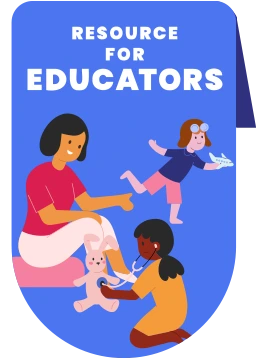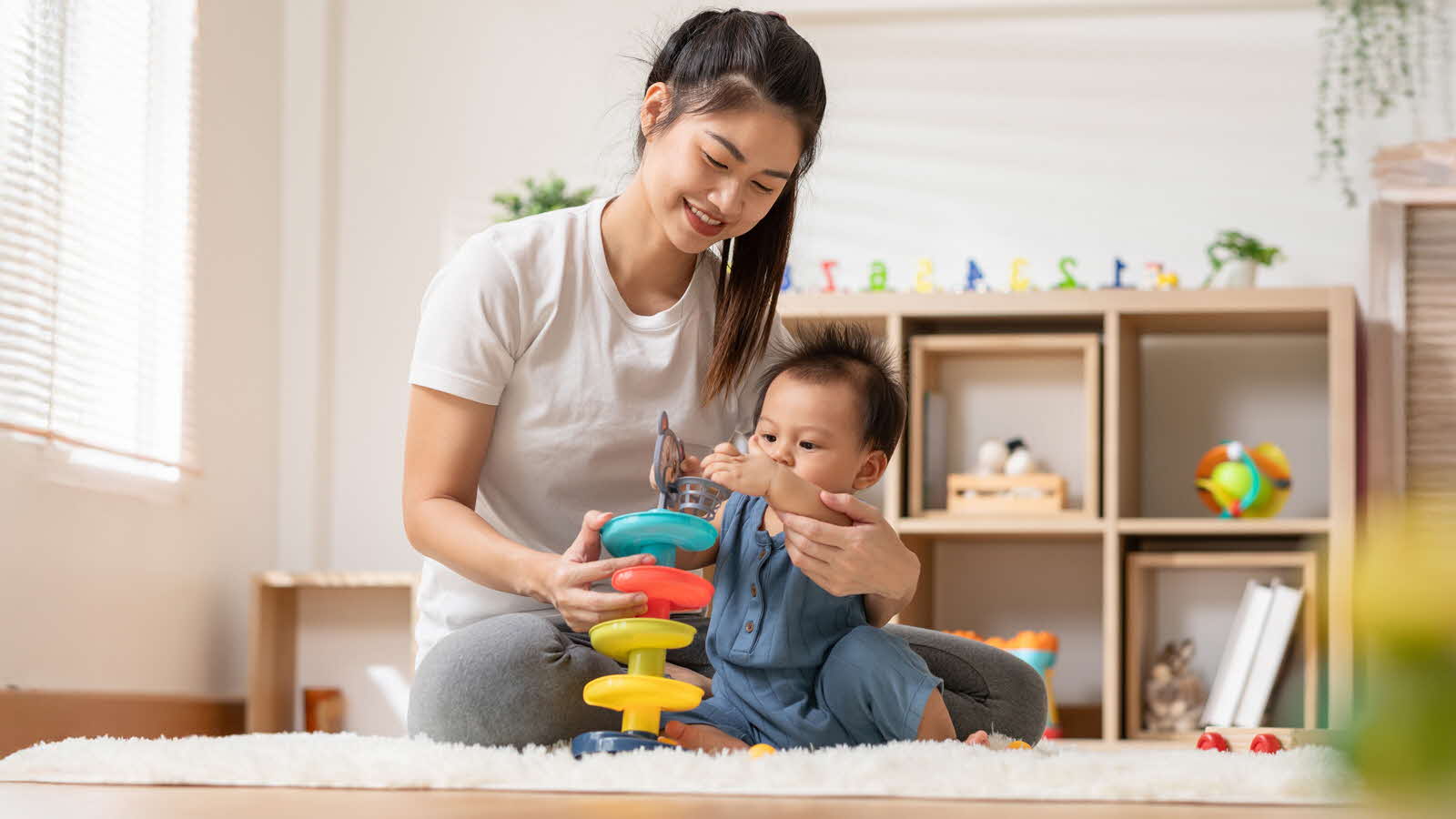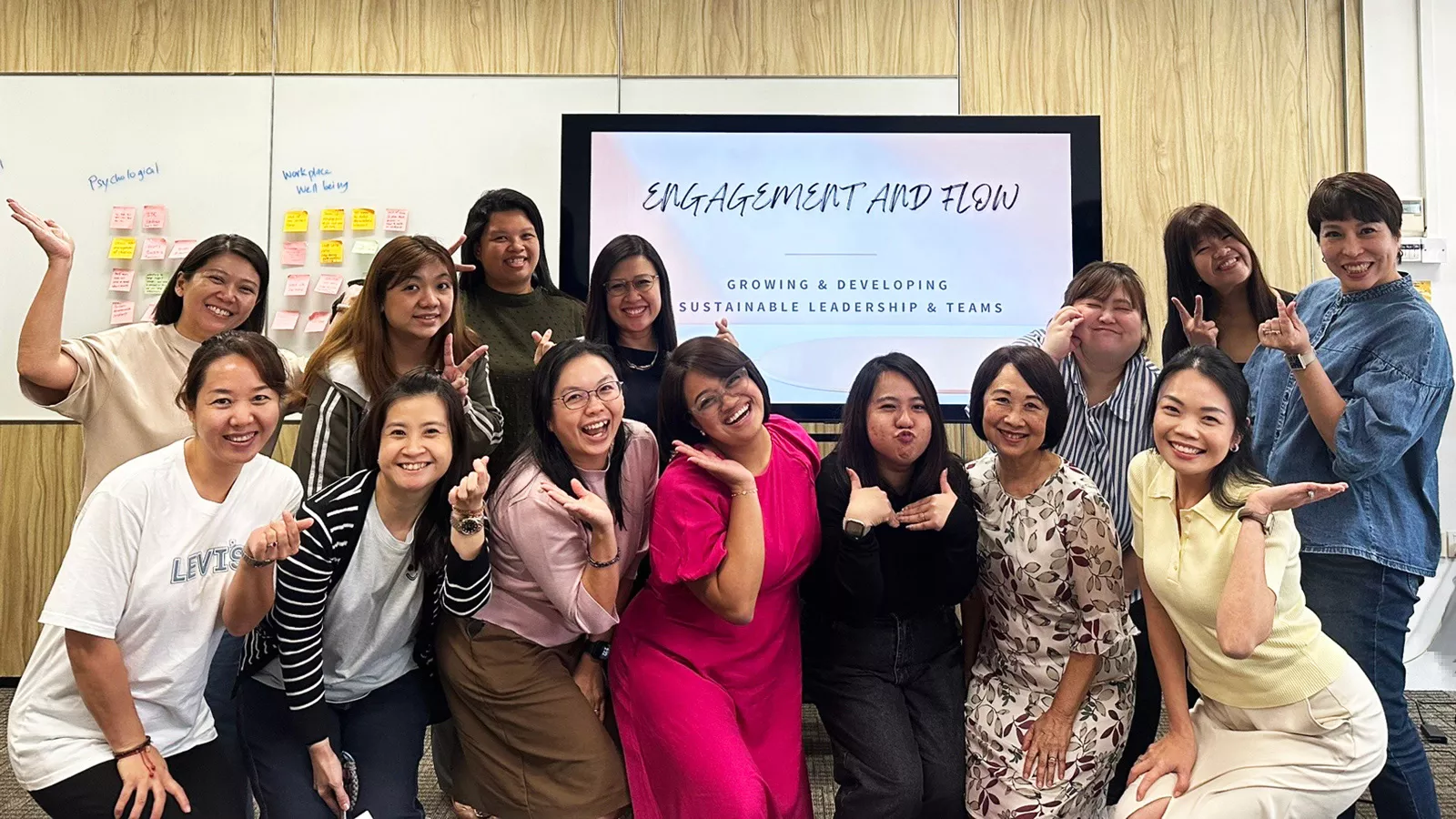ABOUT OUR EXPERTS

ECDA Fellow and Senior Lead Learning Support Educator, NTUC First Campus

ECDA Fellow and Senior Manager, Learning Support, NTUC First Campus
Offering more than one way for children to engage with content, access materials and express what they know — this succinctly describes the Universal Design for Learning (UDL) framework. And this is what inclusivity looks like in early childhood (EC) education.
Hearteningly, ECDA Fellows Ms Justine Ho and Ms Rita Lim observe that many preschool educators already implement this framework in some shape or form in their classrooms, without necessarily realising it. For example, they may use a visual chart illustrating the sequence of daily activities to support children struggling with transitions or language difficulties. But all other children also benefit, as it brings structure and predictability to their day, which in turn builds independence.
The pair reveal more in their Inquiry-Based Action Plan (IBAP) project, ‘Universal Learning Lab: Building Blocks for an Inclusive Classroom’. Through the course, participants gain a fresh perspective on their curriculum and learning environment and how to provide equal opportunities to succeed for all children, with and without additional needs.
APPLYING THE THREE PRINCIPLES OF UDL
UDL originates from educational neuroscience, developed by CAST (Center for Applied Special Technology) and inspired by universal design in architecture. It seeks to create an environment rich in diverse opportunities for inclusive education.
 Tools like speech-generating devices support UDL, as they help children stay engaged in class and assist those with communication challenges in completing assignments.
Tools like speech-generating devices support UDL, as they help children stay engaged in class and assist those with communication challenges in completing assignments.
The framework is based on three main principles:
- Design multiple means of engagement
- Invite children to choose their own topic for a project.
- Assign tasks that reflect real-world situations.
- Give examples to connect new content to a child’s background or culture.
- Design multiple means of representation
- Use a mix of learning materials, such as picture books, activity sheets with text, video clips, etc.
- Encourage hands-on learning (e.g. use of counters like stickers).
- Design multiple means of action and expression
- Let children draw their response or give a short oral presentation in place of writing it out.
- Encourage children to use their native (home) language if they are still picking up English.
Children differ markedly in what sparks their motivation and enthusiasm for learning. Hence, educators should design activities that incorporate children’s interests and preferences.
Try these:
Children perceive and make meaning of information in different ways. Educators can provide content in multiple formats to promote a shared understanding of concepts.
Try these:
Children express themselves differently. Be flexible and provide varying opportunities for children to demonstrate what they know.
Try these:
These three principles help educators develop lesson plans that accommodate all learners. Even small changes can be highly effective in enhancing children's engagement in learning activities, such as adding verbal prompts for a classroom clean-up routine rather than simply relying on a visual schedule to cue children.
STRATEGIC FLEXIBILITY DRIVES INCLUSION
Flexibility is key when coaching centre leaders and lead teachers on effective UDL planning and implementation.
 Participants in Ms Ho and Ms Lim’s IBAP class benefit from peer learning and expert sharing.
Participants in Ms Ho and Ms Lim’s IBAP class benefit from peer learning and expert sharing.
Ms Ho recommends facilitating peer learning among the teaching team. Giving educators the flexibility to share challenges with one another, discuss strategies and insights, and collectively assess areas for change strengthens their sense of ownership over the process.
“Having sustained, extended conversations about improving preschool quality and inclusion is crucial,” agrees Ms Lim. “Leaders should clearly envision what the end goal is, acknowledge teachers’ achievements in pursuit of that goal, and ask for their input on the next steps to take. We’re co-creating a group effort through these conversations.”
Adds Ms Ho: “As EC leaders, we often focus on the running of day-to-day preschool operations and administrative tasks. But it’s important to celebrate small wins, like a teacher managing to get a child with attention issues to sit down in class for another three minutes. Learning is a marathon — we just need to keep pace and have stamina.”








